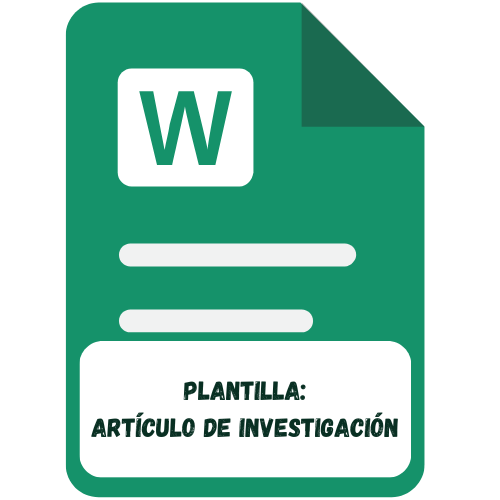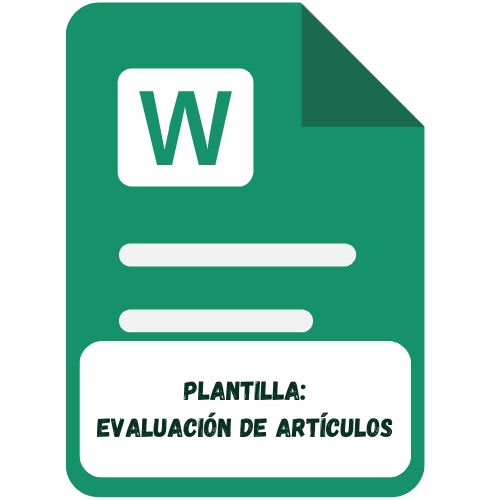APRECIACIONES PROSPECTIVAS, PERSPECTIVAS Y COROLARIOS SOBRE CAMBIO CLIMÁTICO
Resumen
Se realizan derivaciones reflexivas respecto al temaglobal de cambio climático. Se analiza su actual
discusión en escenarios decisorios diversos,
reconociendo su existencia pasada; actual y futura
en diferentes periodos geológicos y se formula
preguntas sobre qué hacer para mitigar sus
impactos.
Descargas
Referencias
Adua L, York R, Schuelke-Leech BA. The human dimensions of climate change: A micro-level assessment of views from the ecological modernization, political economy and human ecology perspectives. Soc Sci Res. 2016; 56:43-26.
Islebe GA, Hooghiemstra H. Vegetation and climate history of montane Costa Rica since the last glacial. Quat Sci Rev. 1997; 16(6): 604-589.
Intergovernmental Panel on Climate Change. Climate Change 2014: Synthesis Report [Internet]. 2014. Disponible desde: http://ipcc.ch/pdf/assessmentreport/ar5/syr/SYR_AR5_FINAL_full_wcover.pdf
Skea J. Physical impacts of climate change. Energy Policy. 1992; 20(3):269–72.
Simões AF, Kligerman DC, Rovere EL La, Maroun MR, Barata M, Obermaier M. Enhancing adaptive capacity to climate change: The case of smallholder farmers in the Brazilian semi-arid region. Environ Sci Policy. 2010; 13(8):801–8.
Potter PE, Szatmari P. The global Middle and Late Miocene and the deep earth: Model for earlier orogenies. Mar Pet Geol. 2015; 68:178–91.
Van Der Hammen T, Barelds J, De Jong H, De Veer AA. Glacial sequence and environmental history in the Sierra Nevada del cocuy (Colombia). Palaeogeogr Palaeoclimatol Palaeoecol. 1980; 32:340-247.
Sluyter A. Regional, holocene records of the human dimension of global change: sea-level and land-use change in prehistoric Mexico. Glob Planet Change. 1997; 14(3):127–46.
Dezileau L, Reyss JL, Lemoine F. Late Quaternary changes in biogenic opal fluxes in the Southern Indian Ocean. Mar Geol. 2003; 202(3):143–58.
Willis KJ. The vegetational history of the Balkans. Quat Sci Rev. 1994; 13(8):769–88. 11.Weiberg E, Stocker SR, Büntgen U, Florenzano A, Leroy SAG, Luterbacher J, et al. Realising consilience: How better communication between archaeologists, historians and natural scientists can transform the study of past climate change in the Mediterranean. Quat Sci Rev. 2016;136:22-5.
Isaksen ISA, Granier C, Myhre G, Berntsen TK, Dalsøren SB, Gauss M, et al. Atmospheric composition change: Climate–Chemistry interactions. Atmos Environ. 2009;43(33):5138–92.
Veldkamp A, Fresco LO. CLUE-CR: An integrated multi-scale model to simulate land use change scenarios in Costa Rica. Ecol Modell. 1996; 91(1):231–48.
Rubio-Bellido C, Pérez-Fargallo A, Pulido-Arcas JA. Optimization of annual energy demand in office buildings under the influence of climate change in Chile. Energy. 2016; 114:569–85.
FLOHN H. Can Climate History Repeat Itself? Possible Climatic Warming and the Case of Paleoclimatic Warm Phases. In: Developments in Atmospheric Science. 1979. p. 28-15.
Takahashi M, Oda M. Chapter B3 Geology, tectonics, and integrated stratigraphy potential of Japan. Dev Palaeontol Stratigr. 1995; 15:202-187.
Faleiro FV, Machado RB, Loyola RD. Defining spatial conservation priorities in the face of landuse and climate change. Biol Conserv. 2013; 158:248–57.
Downing TE. Vulnerability to hunger in Africa: A climate change perspective. Glob Environ Chang. 1991; 1(5):365–80.
Hulme M, Jones PD. Global climate change in the instrumental period. Environ Pollut. 1994; 83(1):36-23.
Eden S. Environment. In: International Encyclopedia of Human Geography. 2009. p. 505–16.
Nordhaus WD. The ghosts of climates past and the specters of climate change future. Energy Policy. 1995; 23(4):269–82.
Varady RG, Scott CA, Wilder M, Morehouse B, Pablos NP, Garfin GM. Transboundary adaptive management to reduce climate-change vulnerability in the western U.S.–Mexico border region. Environ Sci Policy. 2013; 26:102–12.
Simoes S, Fortes P, Seixas J, Huppes G. Assessing effects of exogenous assumptions in GHG emissions forecasts – a 2020 scenario study for Portugal using the Times energy technology model. Technol Forecast Soc Change. 2015; 94:221–35.
Lin ZB, Zhang RD. Dynamics of Soil Organic Carbon Under Uncertain Climate Change and Elevated Atmospheric CO2. Pedosphere. 2012;22(4):489–96.
Finnis J, Sarkar A, Stoddart MCJ. Bridging science and community knowledge? The complicating role of natural variability in perceptions of climate change. Glob Environ Chang. 2015; 32:10–1.
Descargas
Publicado
Número
Sección
Licencia
Los autores que publican en esta revista aceptan los siguientes términos:
a. Los autores conservan los derechos de autor y conceden a la revista el derecho de publicación con la obra, simultáneamente licenciada bajo una licencia de Creative Commons que permite a otros compartir el trabajo con un reconocimiento de la autoría del trabajo y la publicación inicial en esta revista.
b. Los autores pueden celebrar acuerdos contractuales adicionales separados para la distribución no exclusiva de la versión publicada de la obra de la revista (por ejemplo, publicarla en un repositorio institucional o publicarla en un libro), con un reconocimiento de su publicación inicial en esta revista.
c. Se permite y anima a los autores a publicar su trabajo en línea (por ejemplo, en repositorios institucionales o en su sitio web) antes y durante el proceso de presentación, ya que puede conducir a intercambios productivos, así como una mayor citación del trabajo publicado (ver efecto del acceso abierto).















